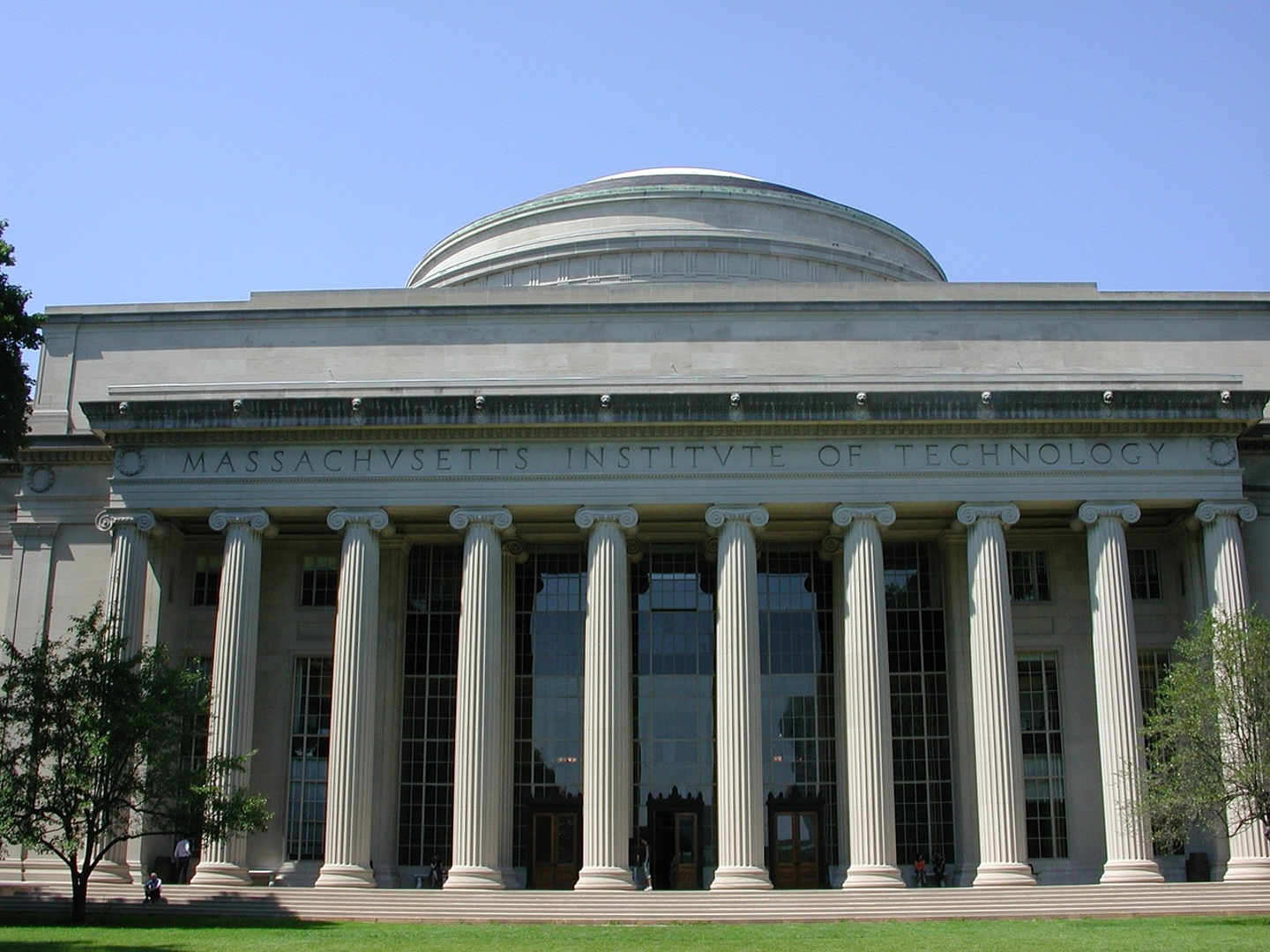Ken Minagawa, who has proven himself at the forefront of the XaaS model.(First half)
Purpose of the interview
Definer President Sakamoto interviewed Ken Kasegawa, President of CustomerPerspective, Inc.
Mr. Ken Kasegawa, President of CustomerPerspective, Inc.
Mr. Kasegawa is currently working as an advisor for digital strategy and marketing.
He has worked for a strategy consulting firm, an overseas MBA, launched an online banking business at a foreign bank, and headed Amazon's marketing and prime department before setting up his own business. We will be looking at his true face, beliefs, and philosophy behind his consistent career and achievements in digital strategy and marketing.
Greetings
Sakamoto
Hello, Mr. Kasegawa! Thank you for taking the time to interview me today! I always appreciate your advice based on your experience and knowledge about subscriptions related to membership and strategies for the XaaS model."
Mr. Kasegawa
I am very glad to hear you say that. It's my pleasure to work with you and I look forward to working with you."
Sakamoto
No, no, I'd be happy to start the interview with you right away! Today is not an ordinary interview. I'd like to have a more in-depth interview with a professional, something that goes into the inner workings of the industry, the history of the IT industry, and so on.
Mr. Kasegawa
I understand. I will try my best to tell you about my memorable experiences, what I value, and even my thoughts on my work, after I have organized them well. If you have any questions, please feel free to ask."
Career and Background
Sakamoto
First of all, I would appreciate if you could briefly tell us about your career and background."
Mr. Kasegawa
"Currently, as the representative of CustomerPerspective Inc., I advise various companies in the field of digital strategy and marketing. The companies I support range from startups like Definer Inc. to large corporations listed on some stock exchanges. I started my career at Booz Allen & Hamilton, a strategy consulting firm (now PwC Strategy&), where I joined as a fresh graduate. He then went on to earn an MBA from MIT Sloan and worked at Citigroup launching internet banking and marketing cards. After representing eBay New Venture Corporation, he joined Amazon Japan in 2007. I was a management member at Amazon for 11 years, during which time I was responsible for consumer marketing, Amazon Prime, and in 2018 I created my own company and went independent, which I am doing today."
Sakamoto
A spectacular career that anyone would dream of having. Why did you go from a strategy firm to an MBA and then to an operating company instead of returning to a strategy firm?

Mr. Kasegawa
The main reason was that I wanted to 'take responsibility for executing strategies on my own. Consulting work is fast-paced, and I was able to learn many basics necessary for business, such as communication and analysis. I participated in projects in a variety of industries, and it was around this time that I realized that marketing was interesting. But at the time, I thought I lacked experience in executing strategies and plans and creating new businesses, so I decided to do a summer internship at Citibank Japan during my first and second years at MIT."
Sakamoto
Your time at MIT was from 1995 to 1997. Before the IT bubble burst around the world. LOL."
Mr. Kasegawa
Yes, around 1995, new businesses utilizing the Internet were starting to emerge rapidly in the U.S. I was preparing for a class called High Tech Marketing with my teammates. At the time, my teammates and I were discussing new business models in preparation for a class called High Tech Marketing. We were discussing new business models with my teammates in preparation for a class on High Tech Marketing, and I said to them, "Amazon.com is an interesting site where you can buy any book you want. If we could make it possible to obtain information and make transactions online, whether for goods or services, we could create an unprecedentedly convenient service. At the time, I had no idea that I would later work for Amazon."
Sakamoto
The idea of being able to buy anything online is a worldview that has continued since Amazon's founding. May I ask you about the launch of online banking at Citibank at that time?
Mr. Kasegawa
I understand. At that time, Japanese banks' services were side by side and there was no big difference between them. Citibank was aiming for clear differentiation with services that were different from those of other banks. The services included foreign currency deposits in currencies from around the world, 24/7 ATMs, telephone banking, and cash cards that could be used around the world. During my internship, I saw firsthand the small but rapid growth in account openings through the Internet channel, which I thought was a great business opportunity."
Launch of Net Banking at Citibank
Sakamoto
I was wondering, "How did you come to be involved in the launch of Citibank's online bank? It's amazing to be entrusted with such a progressive initiative and such an important project!"
Mr. Kasegawa
After joining Citi, I worked in the marketing department on various projects with my boss, an American head of marketing. The head of the online banking business was leaving the company during development, and my boss said to me, "Ken, why don't you give it a try?" I was surprised at the short notice. I was surprised at the suddenness of the offer, but I felt it was a unique opportunity, so I said, "Please let me try.
Sakamoto
How did the project proceed?
Mr. Kasegawa
We created a dedicated help desk to respond to customers, and then worked with the technology department to develop and test the online banking system before launching it. It was a quarter of a century ago, but I still vividly remember the moment we launched in the middle of the night. I can still vividly remember the excitement I felt when the first few users started using the service, which I could count on one hand, and the number of users grew rapidly. The technology division consisted of teams in Japan, the U.S., and India, but at first I was the only one in charge of the business in the marketing department. After that, we hired people to form a team, acquired users through marketing, and improved our services and functions."
Sakamoto
What was development like back then?
Mr. Kasegawa
It was before the birth of agile development, so it was waterfall development. We wrote out the details thoroughly in a requirements definition document, which soon became a document of about 20 versions and about 10 cm thick. Everyone involved signed off on it, and now development could begin. However, since we were designing a service that had never been done before, no matter how many details were worked out in advance, inconveniences and changes would arise after development began. The technology department asks us not to change the requirements once we sign off. When changes were absolutely necessary, we negotiated and proceeded."
With the exception of a few IT companies, waterfall development is still the mainstream in Japanese companies. It often takes time to respond to changes, and I remember the development of those days. In U.S. companies, agile development is the norm, and they can flexibly respond to changes in customer needs and technology. I believe this difference is due in part to the fact that in Japanese companies, development is typically outsourced and contracted out."
Sakamoto
We, too, would like to provide Japanese companies with a solution to achieve agile development. What happened to Citibank's online banking after you struggled to get it up and running?"
Mr. Kasegawa
Fortunately, it has been used by far more customers than we initially expected and quickly became one of Citibank's most used transaction channels. It also attracted media attention and received the number one ranking evaluation for Internet banking in Nikkei Financial and Nikkei Computer. To give some background, other banks' Internet banking systems required users to install software on CD-ROMs, which was a cumbersome process. To use an expression I often use, there were many "stumbling blocks" for users. In this respect, Citibank transformed the user experience so that users could use it immediately with a PIN and PIN code. It was also the reason we offered the ability to buy and sell foreign currencies, a service that none of the other online banking services offered at the time."
Sakamoto
That's exactly what I mean by "Customer First," putting the customer experience at the center of the business. This is a great case study.
Mr. Kasegawa
It was a very valuable experience for me. I learned that it is important to create thoroughly user-friendly services from the customer's point of view. I also learned that providing unique value that customers want and that other companies do not have directly leads to business growth.
Sakamoto
"Little by little, I could see the similarities between our values and those of Amazon. I would be very happy to hear about your experience at Amazon.
That's all for the first half. In the second half of the interview, we will be looking at your management experience at Amazon, as well as the values and philosophy that you hold dear!

